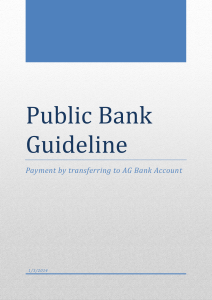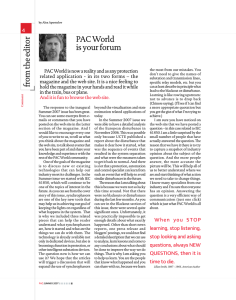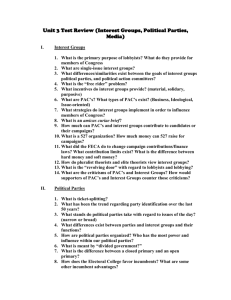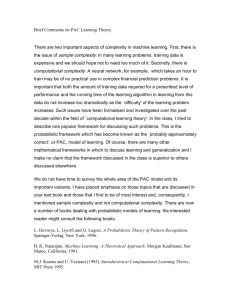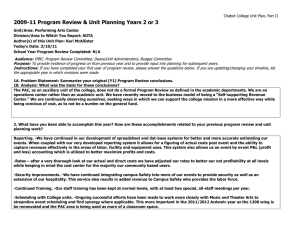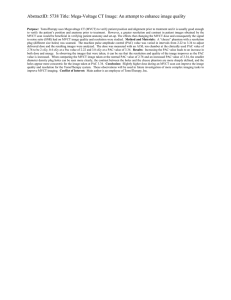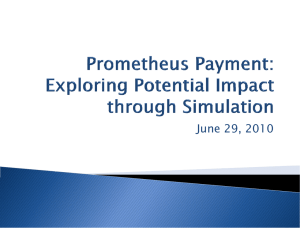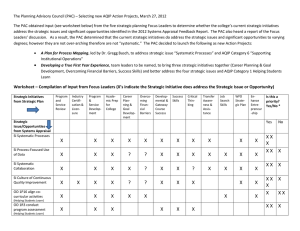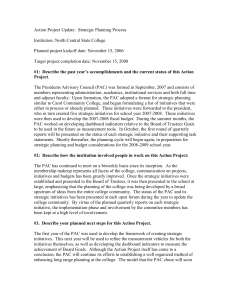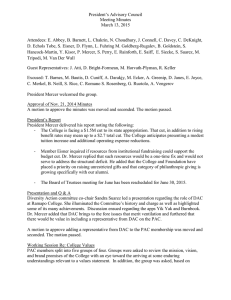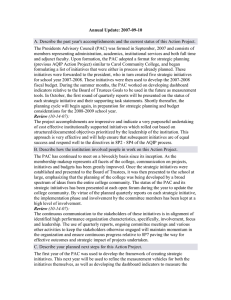or it ed e
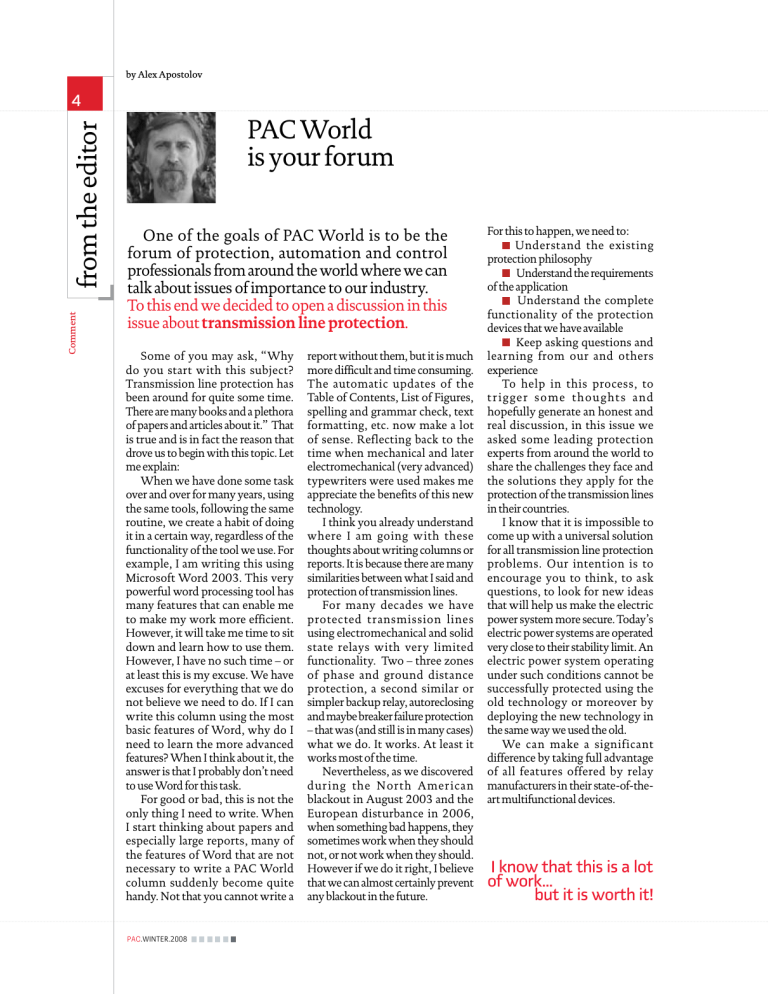
by Alex Apostolov
PAC World is your forum
One of the goals of PAC World is to be the forum of protection, automation and control professionals from around the world where we can talk about issues of importance to our industry.
To this end we decided to open a discussion in this issue about transmission line protection .
Some of you may ask, “Why do you start with this subject?
Transmission line protection has been around for quite some time.
There are many books and a plethora of papers and articles about it.” That is true and is in fact the reason that drove us to begin with this topic. Let me explain:
When we have done some task over and over for many years, using the same tools, following the same routine, we create a habit of doing it in a certain way, regardless of the functionality of the tool we use. For example, I am writing this using
Microsoft Word 2003. This very powerful word processing tool has many features that can enable me to make my work more efficient.
However, it will take me time to sit down and learn how to use them.
However, I have no such time – or at least this is my excuse. We have excuses for everything that we do not believe we need to do. If I can write this column using the most basic features of Word, why do I need to learn the more advanced features? When I think about it, the answer is that I probably don’t need to use Word for this task.
For good or bad, this is not the only thing I need to write. When
I start thinking about papers and especially large reports, many of the features of Word that are not necessary to write a PAC World column suddenly become quite handy. Not that you cannot write a report without them, but it is much more difficult and time consuming.
The automatic updates of the
Table of Contents, List of Figures, spelling and grammar check, text formatting, etc. now make a lot of sense. Reflecting back to the time when mechanical and later electromechanical (very advanced) typewriters were used makes me appreciate the benefits of this new technology.
I think you already understand where I am going with these thoughts about writing columns or reports. It is because there are many similarities between what I said and protection of transmission lines.
For many decades we have protected transmission lines using electromechanical and solid state relays with very limited functionality. Two – three zones of phase and ground distance protection, a second similar or simpler backup relay, autoreclosing and maybe breaker failure protection
– that was (and still is in many cases) what we do. It works. At least it works most of the time.
Nevertheless, as we discovered during the North American blackout in August 2003 and the
European disturbance in 2006, when something bad happens, they sometimes work when they should not, or not work when they should.
However if we do it right, I believe that we can almost certainly prevent any blackout in the future.
For this to happen, we need to:
Understand the existing protection philosophy
Understand the requirements of the application
Understand the complete functionality of the protection devices that we have available
Keep asking questions and learning from our and others experience
To help in this process, to t r igger some thoughts and hopefully generate an honest and real discussion, in this issue we asked some leading protection experts from around the world to share the challenges they face and the solutions they apply for the protection of the transmission lines in their countries.
I know that it is impossible to come up with a universal solution for all transmission line protection problems. Our intention is to encourage you to think, to ask questions, to look for new ideas that will help us make the electric power system more secure. Today’s electric power systems are operated very close to their stability limit. An electric power system operating under such conditions cannot be successfully protected using the old technology or moreover by deploying the new technology in the same way we used the old.
We can make a significant difference by taking full advantage of all features offered by relay manufacturers in their state-of-theart multifunctional devices.
I know that this is a lot of work… but it is worth it!
PAC .WINTER.2008
